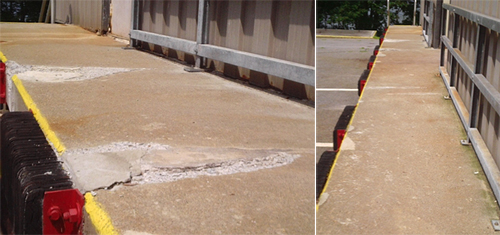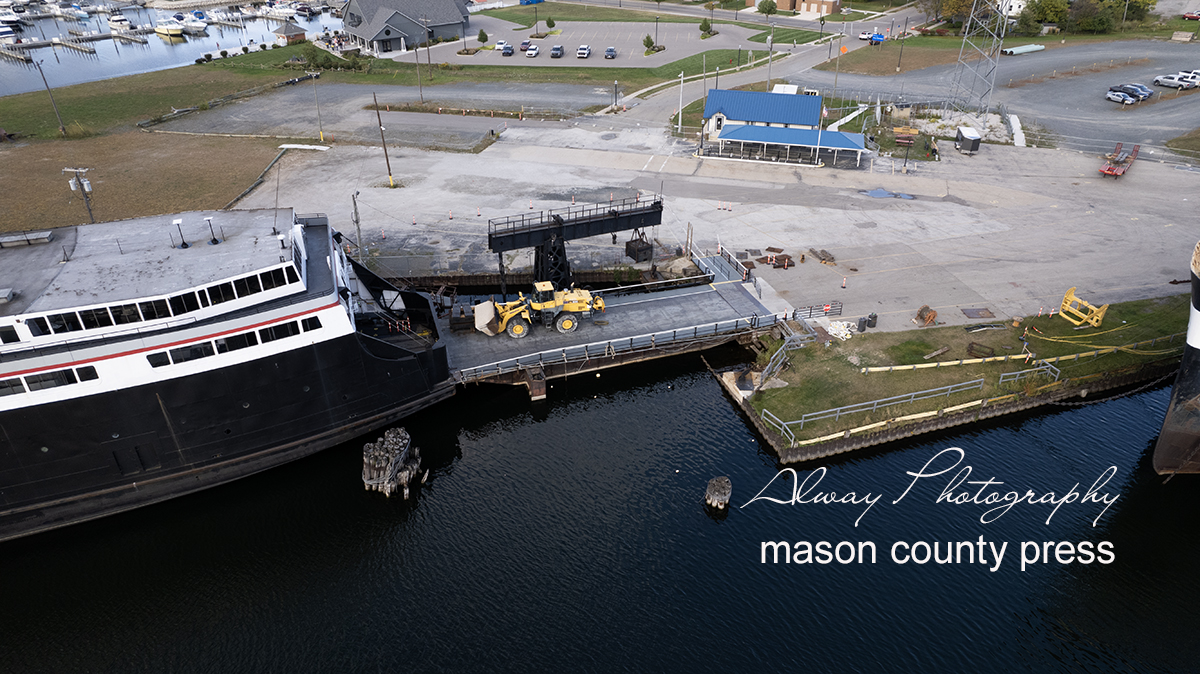DIY Tips for Simple Dock Repairs You Can Deal With
DIY Tips for Simple Dock Repairs You Can Deal With
Blog Article
Exactly How to Address Common Dock Repair Service Issues for Safe Water Activities

Identifying Common Dock Issues
Determining typical dock concerns is critical for maintaining the functionality and safety and security of your beachfront building. Normal assessments can aid reveal problems before they become severe, ensuring both the long life of the dock and the safety and security of those who utilize it. One prevalent problem is rusty or loosened bolts. Over time, screws, bolts, and other fasteners can end up being loosened because of constant exposure to water and weather components, causing structural instability.
One more typical trouble is the deterioration of flotation protection devices. These devices are crucial for keeping the dock resilient, and any type of damages or slits can create the dock to checklist or sink. Regularly looking for leaks or water logged floats can preempt a lot more substantial issues.
In addition, algae and barnacle accumulation on the dock's surface area can produce unsafe and dangerous conditions. This biofouling not just postures a threat to customers yet can also accelerate the degeneration of the dock materials.
Lastly, inspecting for signs of rust on metal components is vital. Corrosion can compromise the stability of the dock's structure, making it unsafe. By routinely identifying these usual dock concerns, you can make certain that your dock remains useful and protected for many years ahead.
Fixing Rotting Wood
When addressing the problem of decaying wood on your dock, it is vital to act swiftly to avoid more deterioration. Begin by completely inspecting the whole structure to recognize all affected locations. Make use of a screwdriver to probe the wood; if it sinks in conveniently, the timber is likely deteriorated and requires instant focus.
Be sure to cut back to healthy, solid timber, ensuring you eliminate all jeopardized material. After elimination, treat the remaining timber with a timber chemical to prevent future rot.
Next, change the removed areas with marine-grade lumber or pressure-treated timber, which are a lot more resistant to water damage. Secure the new items with galvanized or stainless-steel fasteners to stop corrosion. In addition, applying a waterproof sealer to the new wood can supply an added layer of protection.
Protecting Loose Boards
How do you ensure your dock stays functional and safe for all its users? One critical facet is securing loosened boards, which can otherwise pose considerable risks. Loose boards not only boost the risk of tripping yet can also compromise the structural integrity of the entire dock.

For reinstallation, make use of galvanized or stainless steel screws, as these products offer premium resistance to corrosion in marine atmospheres. Guarantee the screws are long sufficient to permeate deep into the underlying assistance structure, however not so lengthy that they extend through the dock's surface. Pre-drilling pilot holes can assist stop the timber from splitting.
Last but not least, preserve a routine evaluation schedule to determine and resolve any kind of brand-new issues promptly. By securing loosened boards efficiently, you add to the general security and long life of your dock, making it a dependable system for water activities.
Supporting Unsteady Pilings
Guaranteeing the security of unstable pilings is paramount to maintaining a practical and safe dock. Unsteady pilings can endanger the whole structure, my latest blog post posturing considerable dangers to customers and possibly resulting in expensive fixings. The primary step in stabilizing these essential components is a comprehensive assessment. Check out the pilings for signs of rot, damage, or shifting. Utilize a level to look for vertical alignment and guarantee they are driven deep enough into the substratum to provide adequate assistance.
If the pilings are discovered to be unpredictable, one efficient method for reinforcement is the use of added supporting. Cross-bracing with treated lumber or galvanized metal can substantially enhance security. Anchor the braces securely to both the pilings and the dock frame to distribute loads equally.

Routine maintenance and periodic review of the pilings' security are vital to ensuring lasting dock safety and capability.
Replacing Rusty Equipment
Addressing unsteady pilings is just one element of preserving a dock's integrity; one more critical concern is changing corroded hardware. With time, direct exposure to dampness and salt can cause the oxidation and deterioration of screws, bolts, and braces, compromising the whole framework's security. Regular assessment for corrosion is important, specifically after severe climate or seasonal adjustments.
When corroded equipment is determined, immediate action is required. Begin by choosing marine-grade stainless-steel or galvanized hardware, both created to resist the rough marine setting. Make sure that you have the appropriate devices, such as screwdrivers and wrenches, to securely eliminate the old, corroded pieces without triggering additional damage to the dock.
After getting rid of the rusty equipment, extensively clean the affected locations to eliminate any type of residual rust or particles. Apply a rust-inhibiting primer to revealed steel surfaces prior to mounting the brand-new hardware. Tighten up all fixtures firmly to avoid future helping to loosen, and occasionally evaluate the fittings to make certain ongoing security.
Changing rustic equipment not only expands the dock's life expectancy but likewise dramatically enhances the safety of water activities. By proactively handling corrosion, you protect both the structure and its users, making sure a safe and secure and pleasurable waterfront experience.
Final Thought
Normal evaluations and upkeep are important to deal with common dock repair work issues and guarantee safe water activities. By identifying and treating troubles such as deteriorating timber, loosened boards, unstable pilings, and corroded hardware, structural security and durability can be substantially boosted. The application of ideal treatments and marine-grade products better fortifies the dock against ecological stressors. Such aggressive actions add to the total security and performance of dock structures, promoting a safe setting for water-based activities.
Making certain the safety of water tasks hinges dramatically on the correct upkeep and fixing of docks (Dock Repairs). These tools are crucial for maintaining the dock resilient, and any damages or leaks can cause the dock to checklist or sink. By consistently determining these usual dock issues, you can get more make sure that your dock stays practical and safe for years to come
Making certain the stability of unstable pilings is vital to preserving a functional and safe dock.Regular get redirected here evaluations and upkeep are vital to resolve usual dock repair work problems and make sure secure water activities.
Report this page